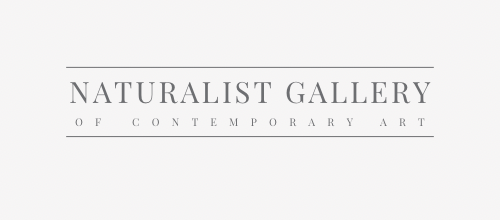Featured image: I Prefer Her Bullshit to Yours, Blake Hughes, 2020, pen on bristol, 12 x 9 in. / 30.48 x 22.86 cm.
Blake Hughes crafts intricate abstract narratives using nothing but pen on bristol.
Blake Hughes is an artist known for his intricate pen drawings on bristol, exploring complex narratives and societal themes through abstract forms and dense details.
His works, "The Tents and Whore Houses That Would Become San Francisco," "...But What Were You Wearing?," and "Priestess to the Dead Gods," exhibit a deep mastery of line and form. Hughes’ drawings are dense with details and symbolism, challenging viewers to decipher their complex webs of lines and shapes, which explore themes of history, societal issues, and mythical spirituality.
Explore our curated selection of contemporary artists from around the globe.
Naturalist Gallery offers artist representation internationally. Apply your art.
The Tents and Whore Houses That Would Become San Francisco, Blake Hughes, 2021
This piece presents an abstract interpretation of the chaotic beginnings of San Francisco, using tangled lines and fragmented shapes to evoke the rough and tumble early days of a city born from gold rushes and lawlessness. Hughes employs a dynamic composition that seems to sprawl across the canvas, mirroring the unruly growth of the city itself. The artwork’s title adds a historical context, inviting viewers to ponder the transformation from past to present.
...But What Were You Wearing?, Blake Hughes, 2019
In "...But What Were You Wearing?," Hughes tackles a poignant societal issue—the victim-blaming in the context of sexual assault. The chaotic interplay of lines and blank spaces conveys confusion and turmoil, reflecting the emotional state of victims who face such scrutiny. The title confronts the viewer with a direct question, making this piece not only a visual challenge but also a societal commentary, urging a deeper consideration of personal narratives within public discourse.
Priestess to the Dead Gods, Blake Hughes, 2020
"Priestess to the Dead Gods" draws on mythological themes, depicted through an intricate web of lines that form a seemingly otherworldly figure. Hughes creates a sense of reverence and decay, symbolizing the forgotten deities and lost civilizations. The detail in the lines suggests a form both venerable and withering, invoking a contemplation of the divine and its place in the modern world.
Blake Hughes's pen drawings are powerful explorations of abstract storytelling. Each line and curve is loaded with meaning, and his titles serve as keys to unlocking these deeper narratives. From the historical depths of San Francisco’s tumultuous past to the introspective critique of victim-blaming and the mystical allure of ancient deities, Hughes’s works are profound invitations to explore complex issues through the lens of abstract art.
Learn more About Naturalist Gallery of Contemporary Art
You may also find the following articles helpful:
The 14 Essential Artists of Impressionism
Expressionism: 20 Iconic Paintings & Their Artists
Renaissance Art: Origins, Influences, and Key Figures
Classical Art Movement: Exploring the History, Artists, and Artworks
Figurative Art: Understanding, Collecting, and Appreciating the Style
Daily Routines of Famous Artists: Learn from the Masters
Top 12 Controversial Artworks That Changed Art History





